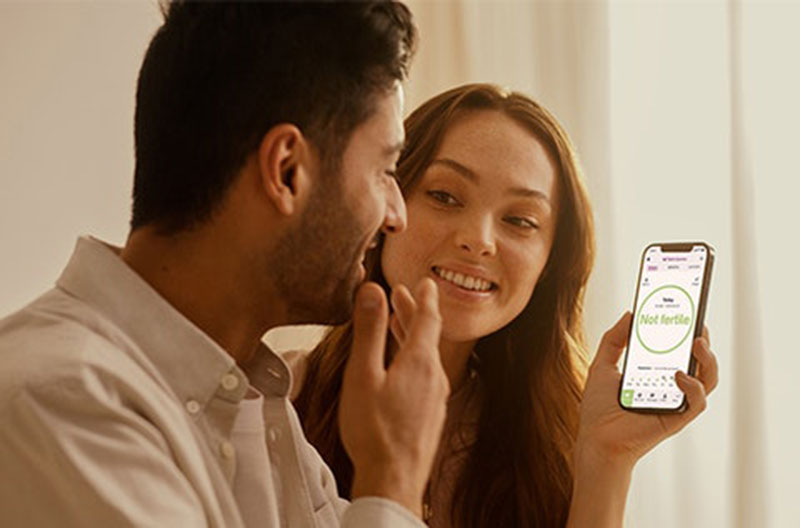For years, women have been getting help from an app called Natural Cycles to track their ovulation cycles as a form of contraception. Now, the FDA has given clearance to Natural Cycles to integrate third-party thermometers—including consumer wearables into its app to help pinpoint a user’s fertility status.
Read more Garmin Adds Pregnancy Tracking Alongside Health and Wellness for Moms-To-Be
Women’s temperature rises slightly after ovulation. Charting body temperature is not a new birth control method. However, Natural Cycles pairs this traditional method with an algorithm that learns the pattern of your unique cycle and can predict your fertile window.
Previously users were required to manually take their temperature and add it to the app. However, thanks to this FDA revision, Natural Cycles can use its new software to integrate wearable data including a user’s temperature and heart rate into the fertility algorithm.

Natural Cycles has now studied the use of the app in combination with Oura Ring. Oura ring is a smart ring that records body temperature and heart rate as part of its overall sleep-tracking functionality. According to the study, the Natural Cycles algorithm was able to predict when a woman was ovulating using the temperature data from the Oura Ring. “This data was measured against at-home ovulation test strips that indicate whether a person’s levels of luteinizing hormone are surging, which happens ahead of ovulation. Using the Oura Ring, Natural Cycles was able to better predict non-fertile days, as it noted in its application to the FDA,” reports Fast Company.
Read more Smart Underwear Takes Health Tracking to the Next Level
Elina Berglund, CEO and cofounder of Natural Cycles, told Fast Company that the app’s use of temperature to estimate ovulation is distinct. “Period trackers are very different, because they don’t know when you ovulate—they just guess that it’s somewhere in the middle of your cycle,” she says. “We really detect ovulation in your temperature curve and from that calculate when it’s really safe to not use protection.”












